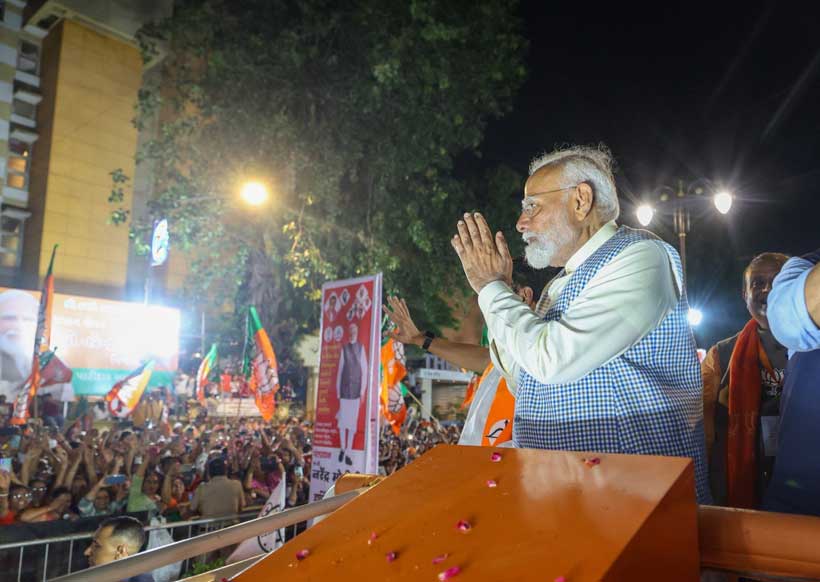If the world is asked in a random exercise to name leaders who have weaponized nationalism, crises, and emotional triggers in world history, the textbook examples will always consist of three defining figures in international politics: Adolf Hitler, Joseph Stalin, and Benito Mussolini. Nonetheless, there are other highly famous political characters as well that mastered the art of political manipulation, realpolitik, and conflict engineering. One of them, like the previous crisis constructors, was not only an ideologue or a demagogue but also a strategic architect of German unification and realpolitik, Otto Von Bismarck.From orchestrating wars to rallying political crises, applying ruthless pragmatism to tapping the public’s pulse for unification, and operating narratives to politically alienating adversaries, the pattern of urgency, manipulation, and crisis manufacturing for peace in Europe continues to synchronize with the coursebook that conflict agitators follow in the 21st century.
From Trump to Modi, using conflicts as a unifier in domestic politics and a reinforcer for global overlordship, or regional dominion, has been the coursebook that has set a solid ground for performative crisis politics to take center stage. The national or global urgency engineered around military operations, internal threats, and the adventures of geopolitical adversaries gives a cogent justification model for crisis exaggeration. The use of national security as a justified political tool to wage war has been a mainstay for regional security and strategic stability to thrive in a world of permacrisis. The adventures from perilous military maneuvers, Operation Midnight Hammer to Operation Sindoor, both act as textbook examples of how populist leaders weaponize crises and geopolitical tensions to gauge the international reaction. The political maneuvering that encircles the psychological urgency, which is constructed around a tense war climate, helps to update the scorecards for the states losing their diplomatic traction. Even if Trump continues to use tariffs and geopolitical crises to flex America’s Goliath-like posture in international politics, the looming reactive outbursts that will emanate from the staggering public debt of America might become its political doomsday. Therefore, as long as the self-proclamation of Nobel Prize seeking continues, crisis termination dynamics will remain complex, transitory, and inflamed as Bismarckian practices continue to juggle regional adversaries. Public debt, economic protectionism, coercive diplomacy, and realpolitik continue to redirect conflict agitators and Trump’s diplomatic canvas in global politics, but fracturing de-dollarization adventures frequently maim America’s global dominion.
The persistence of the world to engage in perpetual low-level conflicts with diplomatic stalemates, all while trying to avoid full-scale wars but also achieve strategic complacency, has caused an overlap of concepts in international security. From deterrence theories to compellence tactics and securitization to preventive or preemptive strikes, the world has engaged in a cyclical discourse where compellence has emerged as a dominating force to calculate the adversary’s response and outmaneuver them in psychological scorecards. The constantly pushed incremental pressure and false dilemma create a risk-prone environment for regional rivals to engage in a miscalculated scenario of multiple escalation dynamics, which Bismarck did in the Franco-Prussian War. These manipulative practices to provoke adversaries while creating urgency and using prestige politics to ignite a chain reaction of desperate political moves across the border have constructed new political strategies, marked with political aggression, to cogently engage in warmongering exercises. With Modi following similar models to consistently push Pakistan towards strategic miscalculations by incrementing national pressure, the illusion of choice offered by him to follow a predetermined pathway of peace approaches has become an outdated doctrine for South Asia, especially for Pakistan. The political overspill of Bismarckian diagrams drawn by Modi and the international reluctance to grant a ‘win’ to India both display that urgency and crisis politics, with victimhood populism and political desperation to delegitimize opponents, have lost substantial ground. Following the same model, Trump seems to be lingering at his electoral promises of terminating conflicts around the globe and reviving the abstract idea of Pax Americana for international politics, portraying America’s influence as an urgent necessity for global regulation and recalibration. The ashes of dysfunctionalities after settling conflicts through coercive diplomatic and military endeavors are a grim feature of Trump’s diplomatic and ideological doctrinal moves. From transactional diplomacy for the Gulf to a reverse Kissingerian model for the Russia-China alliance, Trump’s diplomatic model seems to be more instinctive than consistent with ideological lexicons.
The Bismarck model of using political timing, psychology, and provocation—all three strategies—designed a cogent and adept method of foreign policy of weaponizing crisis and creating urgency to shroud political cognition, which Modi seems to be institutionalizing as an accepted practice against Pakistan on domestic grounds. The political instrumentalization of regular clashes and crises in South Asia to create a justification model for counteroffensive maneuvers and warmongering narratives revolves around important political events. From electoral needs to domestic diversions, or regional dominations to international tabbing of adversaries as regional disturbances, Modi appears to desperately wrap Pakistan in a diplomatic cloak of isolation. With the Bismarckian pointer of manipulative outlines, Modi would perilously engineer another crisis to conceal national failures post-Balakot-Sindoor. If Modi follows a similar pattern of crisis construction, just like Bismarck did, the launchpad for such military and political maneuvers would be the northern areas of Pakistan, particularly Gilgit-Baltistan. Despite the previous retaliation patterns of Pakistan, creating a risk-prone conflict with reactive outcomes, Modi will invite a berserk amount of regional pressure and escalation. Theoretically and practically, igniting a conflict with new external and domestic spectacles, Modi appears to be in a desperate cycle of reviving electoral domination and regional prestige. The retaliatory approach from Islamabad and Beijing would trap the conflict from two opposite sides, with Beijing’s militaristic adventures in the northern disputed territories. Even if proxies or informants engineer something like Pulwama or Pahalgam, India would still be in a high-risk gambit that could meet unimaginable results if the Bismarckian urgency and crisis weaponizing playbook gets mishandled and cloaks foreign policy objectives with electoral overlordship gambles.
